Tubular, or sew-up, tires used for road, track, and cyclocross racing consist of an inner tube enclosed in a casing, which is then taped to the rim or glued on with a special contact cement. This bond is critical because if a tubular comes off the rim, a crash is almost guaranteed. Here's our four-step guide for securely gluing a tubular—plus a primer on how to repair one after a flat.
RELATED: It's Time for Tubulars
1. Pre-Stretch
For a new tubular, it's best to first put it on a rim without cement, inflate it, and let it sit. This stretches the tire and makes mounting easier when you're gluing it on. Start by putting a bit of air in the tire so it has a shape, but no extra tire pressure. Then set the wheel vertically on the ground in front of you, with the valve hole on top for easy access. Insert the valve through the hole and grasp the tire on either side with your hands.
Place each section onto the rim and advance down the sides, lifting each section of the tire onto the rim.
Bending over the wheel, continue to mount the tire while watching the valve to see that it remains straight. If it becomes crooked, pull the tire harder with one hand to correct. As your hands near the bottom of the wheel, the tire will become tight. Use your body weight to stretch the tire into place. Pop on the last difficult section by lifting the wheel off the ground and rolling that tire section away and then onto the rim with your thumbs.
Move your hands around the wheel, straightening the tire, and then add full tire pressure. Let the tire sit for a while—preferably overnight, but at least 10 or 15 minutes—to give it time to stretch. (The longer you wait, the easier it'll be to mount after gluing.)
2. Prepare the Rim
Sand the rim lightly with emery cloth to scuff up the surface and give the glue a little more purchase. Using acetone or alcohol, clean the rim of any oil or other contaminants.
Using acetone or alcohol, clean the rim of any oil or other contaminants.
Working with a used bike rim? It's not necessary to remove the old glue, but it's important to have a smooth surface for the tire, or it won't sit properly when installed. You also don't want any loose bits of dried glue that can prevent the new glue from holding the tire to the rim.
To prepare the rim, place the wheel in the bike frame (the tire should already be removed) and turn it while scraping with a tool that fits the shape of the tire seat on the rim. Cone wrenches often fit nicely here, but anything that fits the rim's shape and has a good scraping edge will work. Spin the wheel while you hold the scraper's edge against the rim to chip off the loose glue and smooth the rim's surface. It doesn't have to be perfect, just smooth and flat enough for a good glue purchase and for the tire to sit properly on the rim. When the rim is prepared, glue it as directed and mount the tire.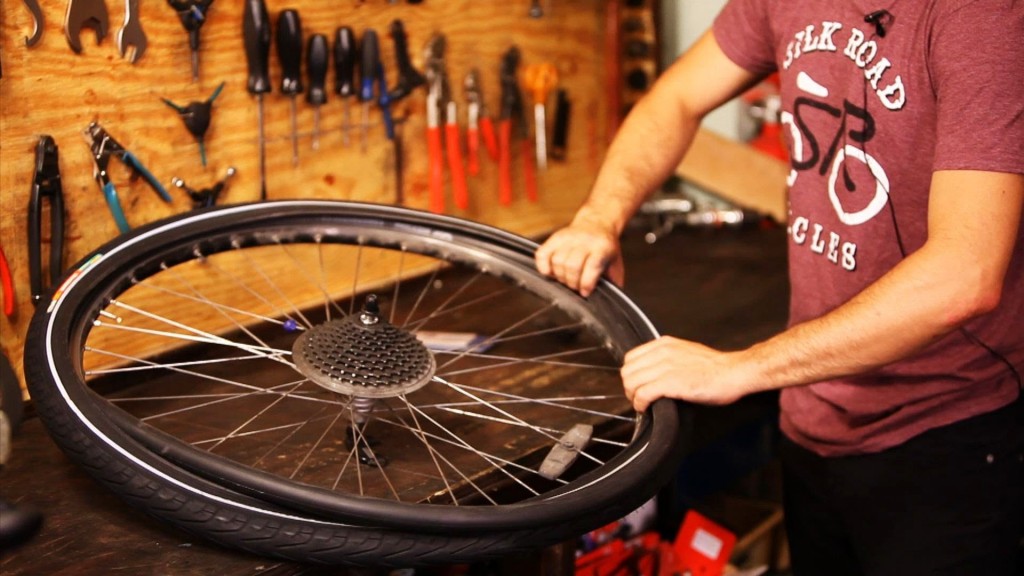
3. Smear the Glue
When the tire has stretched, remove it from the rim. Place the wheel in the bike, suspend the bike, and dab the tubular cement between each spoke hole on the rim. Put your index finger inside a plastic Baggie, then hold it on the rim as you slowly turn the wheel with your free hand and smear the glue to create an even coat that reaches from sidewall to sidewall. Then apply a bead of glue to the centerline of the tire's base tape. Spread this glue to cover the entire base tape, using an old toothbrush or an inexpensive acid brush (found in almost any hardware store)—something that you don't mind tossing out afterward.
4. Remount the Tire
Allow the first glue coat to dry for an hour, and then add a second coat. Wait about 15 minutes for this coat to get tacky. Then mount the tire exactly as before. Work carefully so you don't get glue all over the sidewalls of the tires. You'll know you did a good job of gluing if, when eventually punctured, the tire is nearly impossible to remove from the rim.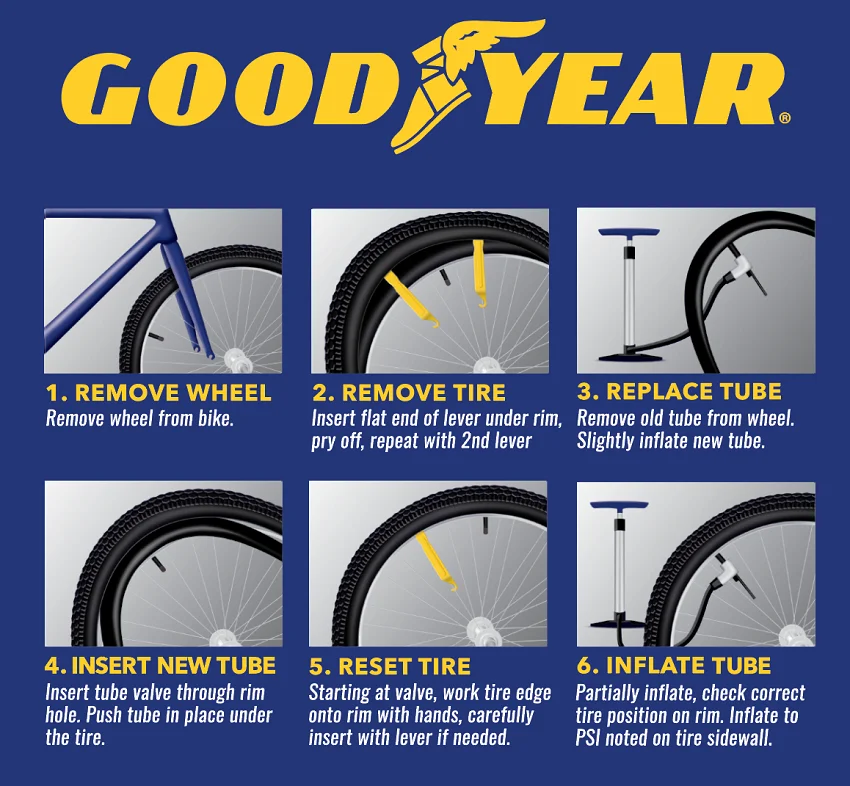
RELATED: Do You Need to Replace Your Carbon Rims?
Patching Tubulars
Repairing tubulars is slow but fairly easy work. When possible, locate the puncture while the tire is still on the rim. Inflate the tire and listen for leaks. If you don't hear air escaping, hold the tire near your face and turn it, trying to feel the air (this sounds nutty, but the skin on your face is very sensitive). Look closely for a hole or cut in the casing that is the point of the puncture. Once you locate it, mark the spot so you can find it again quickly after you get the tire off the rim.
Unfortunately, some leaks are difficult to pinpoint. If you can't locate the precise point of the problem by one of the above methods, pull the tire off the rim and try another method.
If you have a slow leak, try pumping up the tire and immersing it in water, watching for bubbles. Unfortunately, air bubbles sometimes travel inside the tire casing before emerging into the water, so this method isn't foolproof.
Unfortunately, air bubbles sometimes travel inside the tire casing before emerging into the water, so this method isn't foolproof.
The most certain way of pinpointing the tire leak is to isolate one section of the tire at a time and see if any air escapes from the rest of the tire. If not, the problem lies in the isolated section. Try blocking off a section of tire by squeezing it between your hands. A more elaborate method is to clamp a couple of short two-by-four-inch blocks around the tire, section by section. Once you've located the source of the problem, begin your repair.
RELATED: Five Tricks for Preventing a Flat Tire
1. A tubular tire has protective tape called base tape over the stitching that holds it together. This tape is bonded to the tire with liquid latex, not rim cement. Cut the tape and pull it back to expose about six inches of stitching at the location of the puncture. Mark the stitches with a permanent marker so you can tell which holes line up across from each other after the thread has been removed.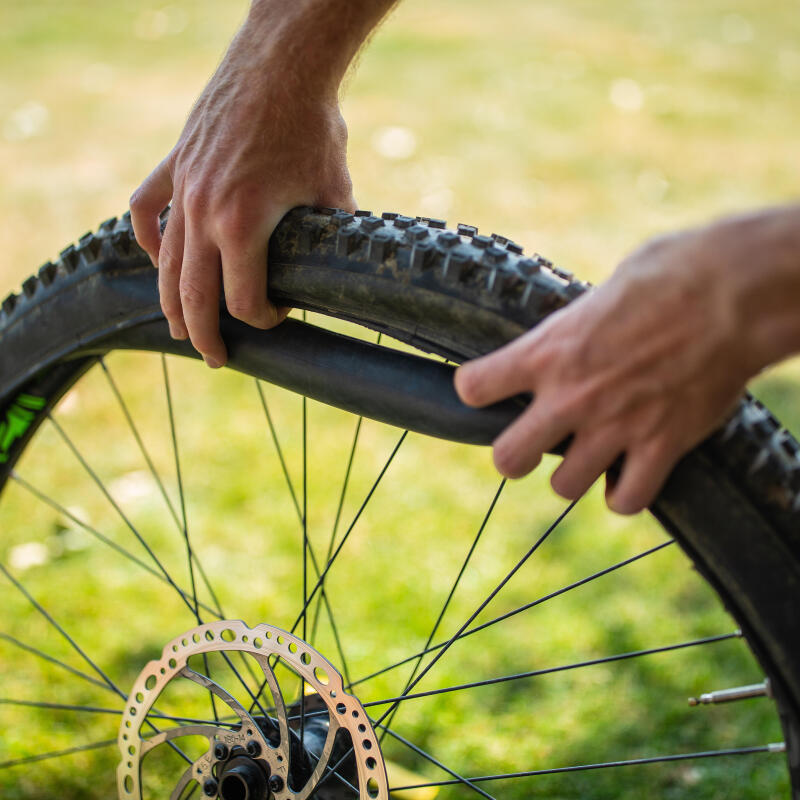
2. Use a sewing seam ripper or a knife to cut the stitching threads. Pull the tire open and remove the thread remnants. Carefully pull aside any protective gauze or tape to expose the tube. Lift out the tube and look for the leak.
3. Patch the leak using the same methods used for ordinary bike tubes. If it's a latex tube (very thin and pale brown), it's possible to patch it with a piece of latex cut from a discarded tubular tube. Just apply glue to both the tube and the patch, wait for the glue to dry, and press them together.
RELATED: Effetto Mariposa’s Carogna Tubular Gluing Tape Makes Regular Glue Look Bad
4. While you have the tire open, look inside to see if any pieces of the object that caused the puncture are embedded in the casing. Remove any offending material. Usually there'll be a visible black mark if an object has penetrated the casing, and it's easy to see because the casing is light-colored. Also check to see if any casing threads are cut. Reinforce any damage with a casing patch. Cut your own patch out of a piece of old tire or strong canvas or nylon. A generous size is best; overlaps of two inches or more are suitable. Sheer tire pressure will keep the casing patch (or "boot") in place, so there is no need to cement it.
Also check to see if any casing threads are cut. Reinforce any damage with a casing patch. Cut your own patch out of a piece of old tire or strong canvas or nylon. A generous size is best; overlaps of two inches or more are suitable. Sheer tire pressure will keep the casing patch (or "boot") in place, so there is no need to cement it.
RELATED: The Definitive Guide to Pumping Your Tires
5. Sprinkle a little talc into the casing to help the tube slide back into place. If necessary, wiggle the tire to help the tube position itself properly, then straighten the inner gauze or tape. You're now ready to restitch the tire around the tube, but take special care to use the exact same holes as were originally used for this. You don't want to weaken the casing by poking new holes through it. A simple overhand stitch works fine, or use a sewing awl of the type used by leather workers to reconstruct the original cross pattern. Use strong thread or, in a pinch, dental floss, overlapping generously at the ends to prevent unraveling.
Use strong thread or, in a pinch, dental floss, overlapping generously at the ends to prevent unraveling.
It's very important not to pull the thread too tight as you stitch. Doing so can pinch the two edges of the tire casing together, creating a ridge on the bottom of the tire, which causes a problem. The bottom of the tire must retain a flat profile so the base tape will stick and the tire will sit flat when reinstalled on the rim. If the casing edges are pinched, they will form a ridge that prevents the tire from sitting flat on the rim. To ensure this doesn't happen, while stitching pull the thread just tight enough to bring the two edges of the casing together. Check the tire while stitching occasionally to make sure the finished seam will lie flat when you're done.
Another common problem is stitching the tire using the wrong holes. This is possible even if you mark the holes and are very careful. If you make this mistake, you'll end up with an S-shape in the tread of the tire, so check for this after resewing tubulars. If you find that the tread now has an S in it, cut the threads you just put in and restitch the tire using the correct holes. Anytime you cut a tire for surgery, mark the holes in such a way that you can't possibly stitch the tire back up with the wrong ones.
If you find that the tread now has an S in it, cut the threads you just put in and restitch the tire using the correct holes. Anytime you cut a tire for surgery, mark the holes in such a way that you can't possibly stitch the tire back up with the wrong ones.
RELATED: Favorite Tools of Tour de France Mechanics
6. Glue the rim strip back in place with liquid latex. This is the same material used to coat and protect the tire's sidewalls after extended use dries them out. Now you have a perfect spare tire.
Repaired vs. Brand-New
The residue of rim cement left on the tire means it will achieve a decent bond with the rim when installed on the road. A brand-new, never-cemented spare tire is dangerous, so use a repaired tire as your spare. Or, if you must use a new tire as a spare, put a proper layer of glue on the base tape first. It's best to fold the spare four or five times and keep it in a simple pouch or old sock to protect it from wear and tear and exposure.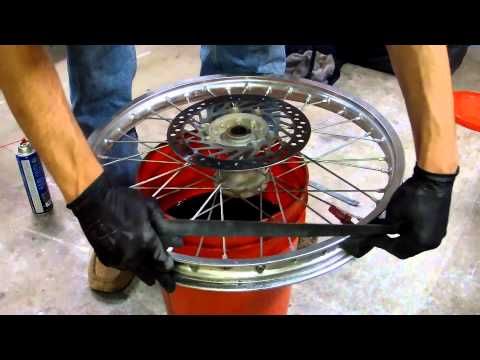
This article originally appeared in The Bicycling Guide to Complete Bicycle Maintenance and Repair.
For the average racer, gluing a tubular tyre is a messy ordeal. For pro team mechanics, it’s a part of virtually every day on a Grand Tour. This isn’t just because of punctures. Tyres wear out, pick up glass, wheels break and conditions change. When you have nine riders and each of them has a minimum of four bikes (race, two spare, and TT), that’s 36 bikes. 72 wheels right there. Add to that 10 pairs or more of spare wheels and you have a pile of work on your hands.
Presented here is a visual step-by-step guide on how, in my experience, most pro mechanics guarantee a safe, clean installation of a tubular. Lampre-Merida mechanic Moreno Bacchion was very helpful. Attempts at questions and answers were difficult as Moreno doesn’t speak English and our French didn’t seem to function too well either.
Observation can be a powerful teacher though.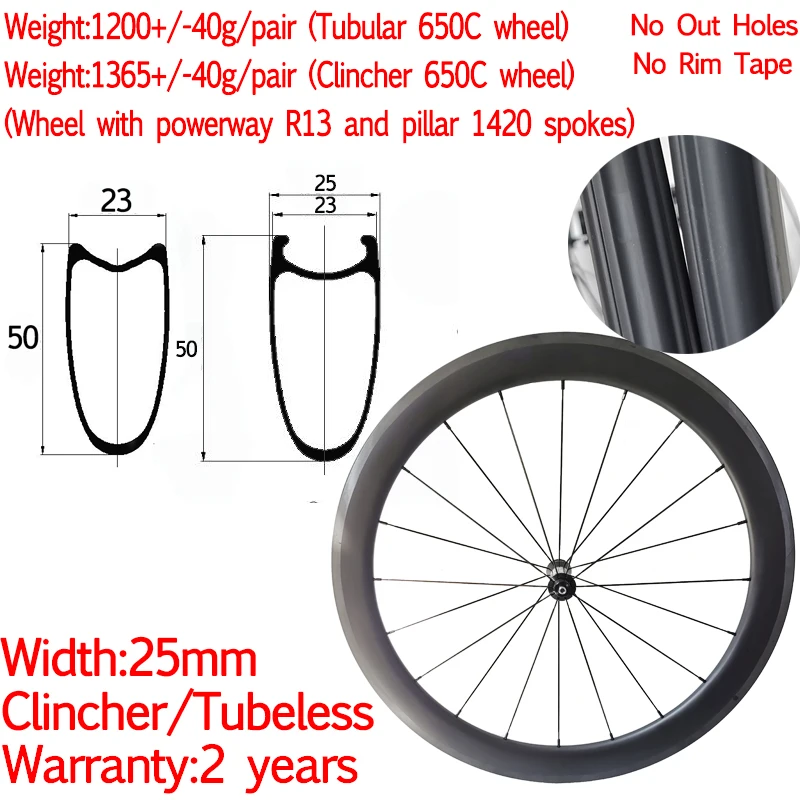 Sometimes words only get in the way. If you’re a visual learner, look through the photos and captions. If you prefer words, read below. Best of all would be to both read the guide below, then scroll through the gallery.
Sometimes words only get in the way. If you’re a visual learner, look through the photos and captions. If you prefer words, read below. Best of all would be to both read the guide below, then scroll through the gallery.
Bookmark this page if you only infrequently glue up a tyre for yourself. It shows a pro doing extremely efficient work. For us mortals, gluing a tyre is absolutely doable. It is a multi-day process though. So take your time and if you’re unsure, ask a mechanic you trust.
Also note that these instructions are for a new road tubular tyre and a tubular wheel that has already seen a tyre and glue. Ideally, for a new rim, build up three or more thin layers of glue over the course of several days. Apply a thin layer of glue to the tyre’s base tape as well – more if the tyre’s base is especially absorbent. Let each layer you apply dry overnight. For cyclocross or track racing, you’ll want to take extra steps.
First you need to prepare your new tire. Pro team mechanics will glue up to 80 tires in advance for a race like the Tour. These are glued, stretched and have valve extenders installedNick Legan
Pro team mechanics will glue up to 80 tires in advance for a race like the Tour. These are glued, stretched and have valve extenders installedNick Legan
If your loving wife or husband isn’t keen on having pre-glued tyres on hand year round, be sure to pre-glue the base tape of your tyre at least two days before installing it. This gives the glue one day to dry completely and another day to stretch it on a spare Fulcrum carbon deep section rim.
You know, all those extra carbon rims you have around? Keep at least one of them to stretch tyres after you’ve put on the initial layer of glue. This makes installation quite a bit easier.
This is Lampre-Merida’s Moreno Bacchion. On a rainy morning before the start of Stage 2 he was busy working, keeping his inventory of race wheels tip top. Graciously he let us photograph him while he worked. Here he scrapes excess dried glue off the rim using a utility knife. He also quickly checked that the wheel was trueNick Legan
Install your wheel in a truing stand. Check that it is true. Without a tyre is the best time to perform adjustments as you can easily verify that the wheel is true and round.
Check that it is true. Without a tyre is the best time to perform adjustments as you can easily verify that the wheel is true and round.
Next, clean the rim using a three-step process. First, scrape excess dried glue using an inexpensive knife/razor blade. Some glue is sure to squeeze out at the edge of the gluing surface if you’re applying sufficient glue.
Next up, Moreno uses a narrow wire brush to remove large pieces of dried glue and roughen up the surface so that it will better adhere to new layer he’ll put on nextNick Legan
Then grab a wire brush to simultaneously roughen the existing glue and knock off any chunks. Be sure to not scratch the braking surface. You’re only applying the brush to the gluing surface.
Last step in prepping the rim is a wiping the rim bed with a clean, solvent-soaked rag. This removes any debris and reactivates the existing glue on the rimNick Legan
Using a clean rag, apply a bit of solvent to clean off dried pieces and to re-activate the existing glue. Acetone works well here. Be sure to go easy with the solvent though.
Acetone works well here. Be sure to go easy with the solvent though.
And anytime you’re gluing a tyre or working with solvent, do it outside or in a very well ventilated space. Also try not to touch any decals or paint with the solvent. The colors can run when using acetone.
A coffee break is always a good idea, especially before the can of glue is openedNick Legan
While some contend that beer helps when gluing tyres, I prefer a stimulant. In a most Italian move, Moreno’s colleague delivered him an espresso. He took five minutes to discuss the wet weather with his directeur sportif then got back to work.
Moreno uses a narrow paintbrush to apply a thin layer of glue to the rimNick Legan
Carefully, lovingly even, apply a thin layer of tubular glue to the rim. Moreno is using Continental. I like Vittoria Mastik. While the large can of Continental glue has a brush built into it, Moreno quickly threw that away.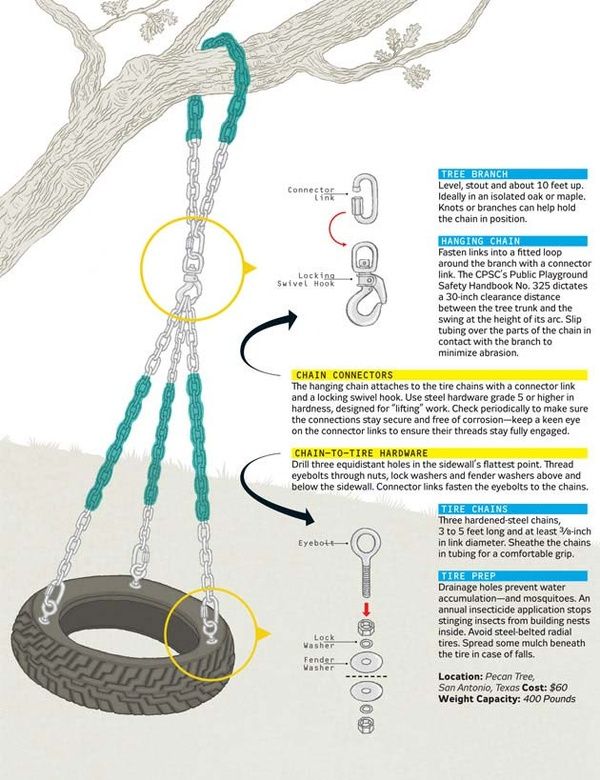
Instead he used a small paintbrush that is a tad narrower than the width of the rim. He keeps it in a bottle with solvent in it to keep the glue from hardening.
Before moving on, Bacchion wipes any excess glue that may have gotten onto the brake trackNick Legan
After coating the entire gluing surface, Moreno then took his solvent rag and wiped off any excess glue that he may have accidentally applied to the braking surface.
While I don’t personally perform this step, Bacchion wipes the pre-glued tire with a bit of solventNick Legan
Take your tyre off the stretching rim and, using the same solvent rag, wipe the base tape of the tyre. This clears debris and “wakes up” the dried glue a bit. Set it aside in a clean spot. Make sure you have your valve extender installed if you need one for your rim.
A front wheel tray for a turbo trainer is a handy tool when installing a tubular.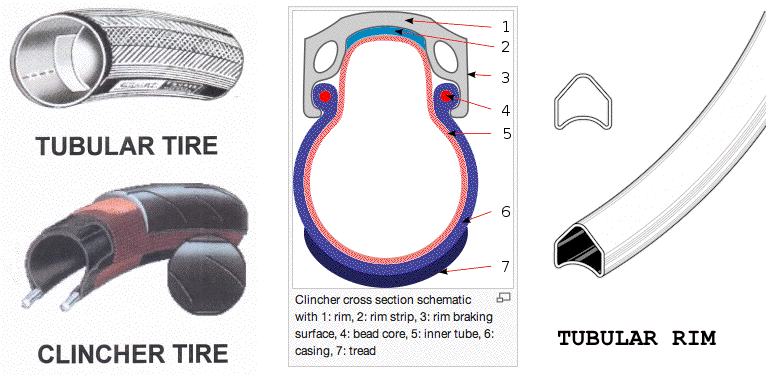 You can also use a piece of woodNick Legan
You can also use a piece of woodNick Legan
A few big deep breaths are always helpful when psyching up for the physicality of installing a tubular on a rim. I like to think strong thoughts, visualizing an Olympic clean and jerk competitor. Then I look in the mirror, come back to reality and hope that my emaciated cyclist arms can get the job done.
Moreno does this every day, so he took a moment and yawned instead. The savvy Italian then got out an Elite trainer front wheel tray to hold his wheel, carefully putting the valve hole at top dead center.
After putting the rim in the tray with the valve hole at top dead center, Bacchion begins to quickly and evenly stretch the tire onto the rimNick Legan
With enough air in the tyre to give it shape, put valve into the valve hole. From here the going gets tough. It’s important to put even tension on the tyre as you install it. Too much pressure on one side can make for a crooked valve stem and for spots that don’t adhere well and tick while riding.
He works his way down both sides simultaneously, applying even pressure as he goesNick Legan
There are no tricks here. It takes some grunt and strong wrists. Work your way around the rim, doing your best to center the tread of the tyre as you go. When you near the end, lift the wheel off the stand (or a piece of wood to keep the rim from collecting dirt) and try to pop the rest of the tyre onto the rim without smearing the glue.
Bacchion places the last section of tire on the rim, straightening it in the processNick Legan
With the tyre now on the rim, give the wheel a spin. You need to act quickly to get the tyre as straight as possible. A good place to start is with equal parts of the base tape showing on both sides and consistently around the circumference of the tire. If you’re using a high quality tyre, this should be enough. Sometimes you’ll need to adjust for a slightly wobbly tread.
Once you’re happy with your straight-as-an-arrow tyre placement, pump it up. Go to 100 psi or so (7 bars). Give it another quick spin to verify how awesome you are, then roll the wheel on the ground, pushing the tyreinto the gluing surface using your body weight. Start at the valve stem and roll it back and forth before making your way around the tire.
Go to 100 psi or so (7 bars). Give it another quick spin to verify how awesome you are, then roll the wheel on the ground, pushing the tyreinto the gluing surface using your body weight. Start at the valve stem and roll it back and forth before making your way around the tire.
After inflating the tire and giving it a quick spin to ensure the tread is straight, Bacchion pushes the tire into the gluing surface, forcing the tire into the rim bedNick Legan
Continental tyres are among the tightest tubulars produced. They require a lot of strength to install in a single go. Stretching your tyre on a clean rim after you’ve allowed the base tape glue to dry is the single best thing you can do to make this process easier.
Inflate it to 100 psi and leave it overnight before you need to stick it to your rim. Vittoria and other tyres made in the same factory are quite a bit looser and don’t always need to be stretched.
Lastly, the Italian mechanic wiped off any glue that seeped out after he pressed the tire into the rim. DoneNick Legan
DoneNick Legan
Nothing says professional like an expertly glued tubular tyre. Nothing says amateur like globs of glue at the top of the brake track. So grab that solvent rag from before and make your way around the wheel. Again, be careful to avoid rim stickers.
Set the results of your labor aside overnight to dry before riding, at least 12 hours! Now it’s time for that beer.
Without air-filled tires, bicycles would ride much slower and harder. And the jargon that is present in the topic around the wheel can turn your head, so let's deal with it in order.
The vast majority of bikes around the world use the standard tire/tube combo that we're all familiar with, but when the eye turns to high-performance and niche bikes, the eye is drawn to completely different types of tires. In this article, we will try to cover this topic and clarify the differences. By the way, tires are not the only ingredient for a “delicious” bike. We understand this, and therefore we wrote an article where we choose wheels for a road bike. Don't thank)
In this article, we will try to cover this topic and clarify the differences. By the way, tires are not the only ingredient for a “delicious” bike. We understand this, and therefore we wrote an article where we choose wheels for a road bike. Don't thank)
And now some historical background.
At one time, bicycles had solid rubber tires, which made riding on different surfaces very hard and uncomfortable. In 1887, John Boyd Dunlop, a Scottish veterinarian living in Belfast, was the first to install pneumatic tires, experimenting on his son's bicycle before moving on to larger racing bike wheels. Dunlop's key discovery was the observation that air-filled wheels were not only more comfortable, but also made it possible to drive faster. The inventor conducted an experiment in which he ran two wheels across his yard. The hard rubber wheel stopped and fell, while the pneumatic tire kept moving until it hit the gate and bounced off. Deformed by the relief of the road surface, the air-filled tire had less rolling resistance. Yes, it also has rolling resistance, but this value cannot be compared with a solid tire. Dunlop received a patent for the invention in 1888, but it turned out that another Scot, Robert William Thomson, had patented pneumatic tires as early as 1847, invalidating Dunlop's claim to discovery.
Yes, it also has rolling resistance, but this value cannot be compared with a solid tire. Dunlop received a patent for the invention in 1888, but it turned out that another Scot, Robert William Thomson, had patented pneumatic tires as early as 1847, invalidating Dunlop's claim to discovery.
The unsung hero of the inventor's story is the president of the Irish Cycling Association, Harvey Du Cros. After his sons were run over by a pneumatic tire racer in a competition, Du Cros approached Dunlop and they formed a company that used the invention. The withdrawal of the patent was a big blow to Dunlop, but after flooding the market with an interesting product, Du Cros merged and obtained other related patents that allowed Pneumatic Tire to survive.
Dunlop himself retired in 1895, at the age of 55, while Du Cros remained at the helm of the company after a subsequent change of ownership. Subsequently, the name of the company changed to Dunlop Pneumatic Tire, although the inventor himself was no longer involved in the management process. Soon, the production diversified and began to occupy the market of automobile tires along with other rubber products, which allowed the brainchild of Dunlop to become one of the largest brands and the largest company of the twentieth century.
Soon, the production diversified and began to occupy the market of automobile tires along with other rubber products, which allowed the brainchild of Dunlop to become one of the largest brands and the largest company of the twentieth century.
The familiar Dunlop name hasn't appeared on bicycle tires for decades, but the inventor is still remembered as the father of the pneumatic tire. Probably, in modern wheels, he would see the descendants of his discovery, made for the comfort of his own son.
Dunlop's first prototypes consisted of a rubber tube made by gluing the two ends of a strip of rubber attached to the wheel with linen tape, which was nailed or bolted to the wheel. Today's tires are much more complex.
However, rubber is still used to this day to keep the air in the wheel. Usually this function is taken over by a chamber inside the tire, which can be replaced or repaired in the event of a puncture. The tubes are made from synthetic butyl rubber, obtained from petroleum products or from natural rubber, which is found in the sap of the rubber tree. However, where are these environmental hooligans with their hydrocarbons... Continental plans to produce tires from dandelions! This is where the guys are stuck!
However, where are these environmental hooligans with their hydrocarbons... Continental plans to produce tires from dandelions! This is where the guys are stuck!
The chamber is located inside the tire, and the fabric cord does not allow it to inflate more than necessary, thus creating excess pressure in the wheel. Cord, which typically has non-woven fibers at an angle to each other, can be made from nylon, polyester, cotton, or silk. As a general rule, the denser the cord - measured in threads per inch or tpi - the better the quality of the tire. Base tires are 15 or 33 tpi, and the cord used in the best examples is usually 120 tpi, or even 320tpi. Larger numbers indicate that the manufacturer is adding up the thread count in multiple layers.
Between the bead (it lies on the rim) and the tread (it is also a treadmill) there are side walls. They are often coated with a reflective layer for visibility at night, a solution most often found on city bikes.
The tire, among other things, must have good grip, and for this it has an outer layer of rubber - a tread.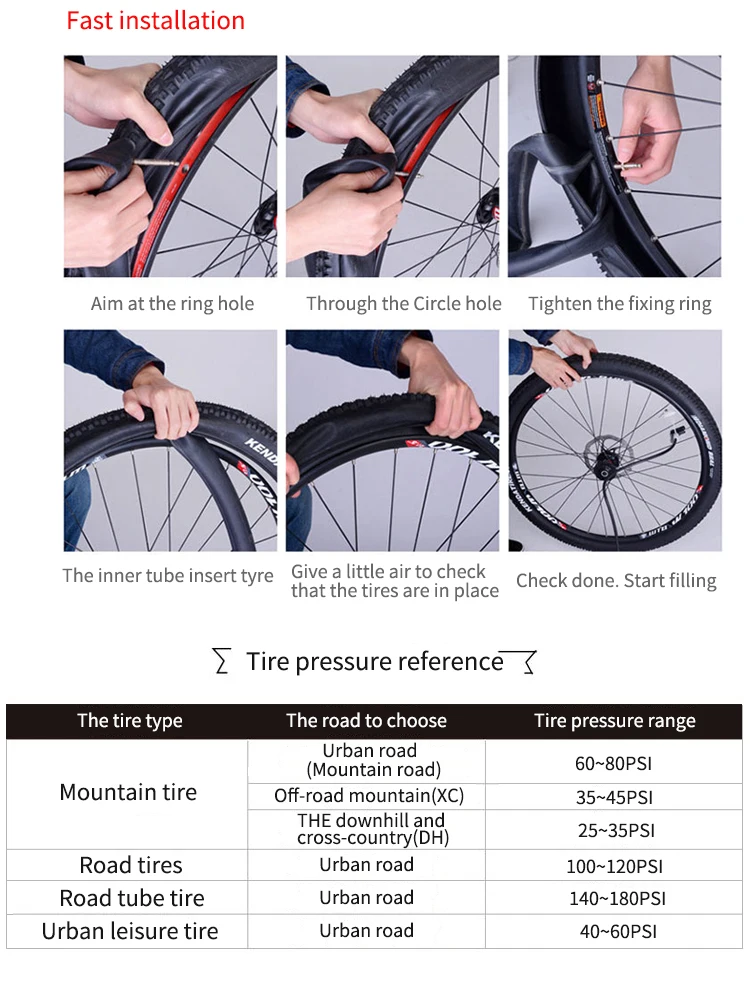 Tread rubber is made by mixing with various additives, including carbon black and silica, to improve traction and durability.
Tread rubber is made by mixing with various additives, including carbon black and silica, to improve traction and durability.
Many tires are equipped with an additional anti-puncture layer under the tread to reduce the chance of punctures.
The main goal of a tire manufacturer is to reduce rolling resistance to an absolute minimum. To this end, high-quality tires have thin walls and tread. Almost all tires have these characteristics, but their assembly details may vary. Below we will look at the different types of tires and their features.
Not only tire manufacturers, but also attachment manufacturers are fighting for low rolling resistance. We wrote an article where CeramicSpeed presents the innovative drivetrain DrivEn. Everything is for you.
An off-road clincher like the Specialized Trigger Pro has a raised tread pattern for good traction on loose surfaces.
The Clincher is the standard tire we all know, love and curse when it goes flat.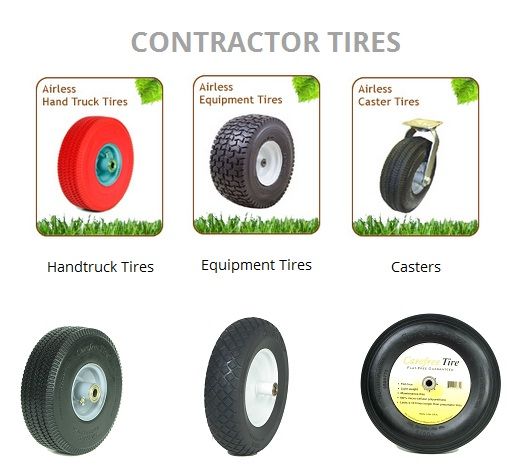 It has a U-shaped profile in cross section, formed into a circle on a special machine. The bead with a ledge at the ends of the profile is hooked to the rim, which has reciprocal ledges. The cord, in turn, passes through the entire tire, including the beads. The tread is formed during the manufacturing process of the tire.
It has a U-shaped profile in cross section, formed into a circle on a special machine. The bead with a ledge at the ends of the profile is hooked to the rim, which has reciprocal ledges. The cord, in turn, passes through the entire tire, including the beads. The tread is formed during the manufacturing process of the tire.
The big advantage of this design, and the reason it dominates, is that its installation and replacement is very simple and does not require a high level of skill, so the tube can be replaced quite easily and quickly if the wheel is punctured. Combination of lug on rim and bead on tire provides protection against disassembly when inflated; Usually, the manufacturer provides a double pressure margin, so that the tire is disassembled only if critical values \u200b\u200bare exceeded. The recommended pressure of the company is always indicated on the side surface of the tires. If the tire is inflated with less pressure, it may spin on the rim when braking or actively spinning, which will most likely lead to a replacement of the tube; can get sidewall damage on uneven roads, thereby destroying the chamber and wheel rim; driving on a tire with a pressure less than the recommended one is simply difficult, since it has a high rolling resistance due to the large amount of deformation; it can be disassembled on the way; low pressure promotes punctures. Increased pressure entails disassembly of the wheel, tire rupture, and driving on such a wheel will be very, very uncomfortable; by the way, as in the case of reduced pressure, increased pressure also has a negative effect on rolling resistance, as it ceases to deform on the surface of the coating.
Increased pressure entails disassembly of the wheel, tire rupture, and driving on such a wheel will be very, very uncomfortable; by the way, as in the case of reduced pressure, increased pressure also has a negative effect on rolling resistance, as it ceases to deform on the surface of the coating.
Both of these extremes can negatively affect both the comfort of movement and the safety of the trip. After all, if the wheel goes down completely or disassembles at a decent speed, then the loss of control is guaranteed.
The disadvantage of clincher/conventional tires is that they are inherently heavier than road tubulars because the rim gets taller to form lugs and the tire has a bead. Budget products are made with a steel bead, expensive ones are made with Kevlar or similar material, which allows them to be reduced in weight and compactly folded for storage or transported as spares.
A drawback, not inherent in design but rather in the slightly anarchic nature of the bicycle industry, is the lack of rigid standardization, which results in a run-up in size between identical wheels. The most common tire size for road bikes is known as 700C, a value that comes from the now defunct French wheel sizing system. All 700C rims and tires measure 622mm bead according to the ISO system for sizing.
The most common tire size for road bikes is known as 700C, a value that comes from the now defunct French wheel sizing system. All 700C rims and tires measure 622mm bead according to the ISO system for sizing.
We assume that in the process of reading you often come across a mention of road bikes, we also assume that this aroused your interest in this type of bicycle. It's still possible. So, it is precisely on this occasion that we suggest that you familiarize yourself with the article, where the geometry of a road bike is described and explains the numerous questions that beginners have.
And once again - the standard does not impose strict restrictions on the size of the wheels. It's natural for some tire and rim combinations to be quite easy to match, while others are extremely difficult or even impossible. When assembling new wheels, everything becomes clear when the tire begins to tight into place. If they are hard to install, they will be just as hard to remove, which can be a big problem if you try to patch a tire on your way to work on a dark, cold, wet January morning.
Tubular road tyre, Vittoria Corsa, has a cord attached around the inner tube and no retaining bead. Instead, the tire is glued to the rim.
This design is most similar to tires sold by Dunlop in the 1890s. The cord is wrapped around the inner chamber and secured with tape for a secure fit. All this is then glued to the rim.
The biggest advantage of this tire is that it is light in weight. Without a bead and a seat for it on the rim, tubular wheels will always be lighter than an equivalent clincher, although the difference is so small today that it no longer matters.
If the tube is punctured while riding, you will have to replace the tire. This implies a spare, traditionally tied to the saddle rails. In addition to the tire itself, you will need glue so that it is properly fixed on the rim.
The status quo is both an advantage and a disadvantage of tubes. It is necessary to replace the entire tire, because on-site repair is not possible, but the replacement process is faster than replacing the tube on a regular wheel.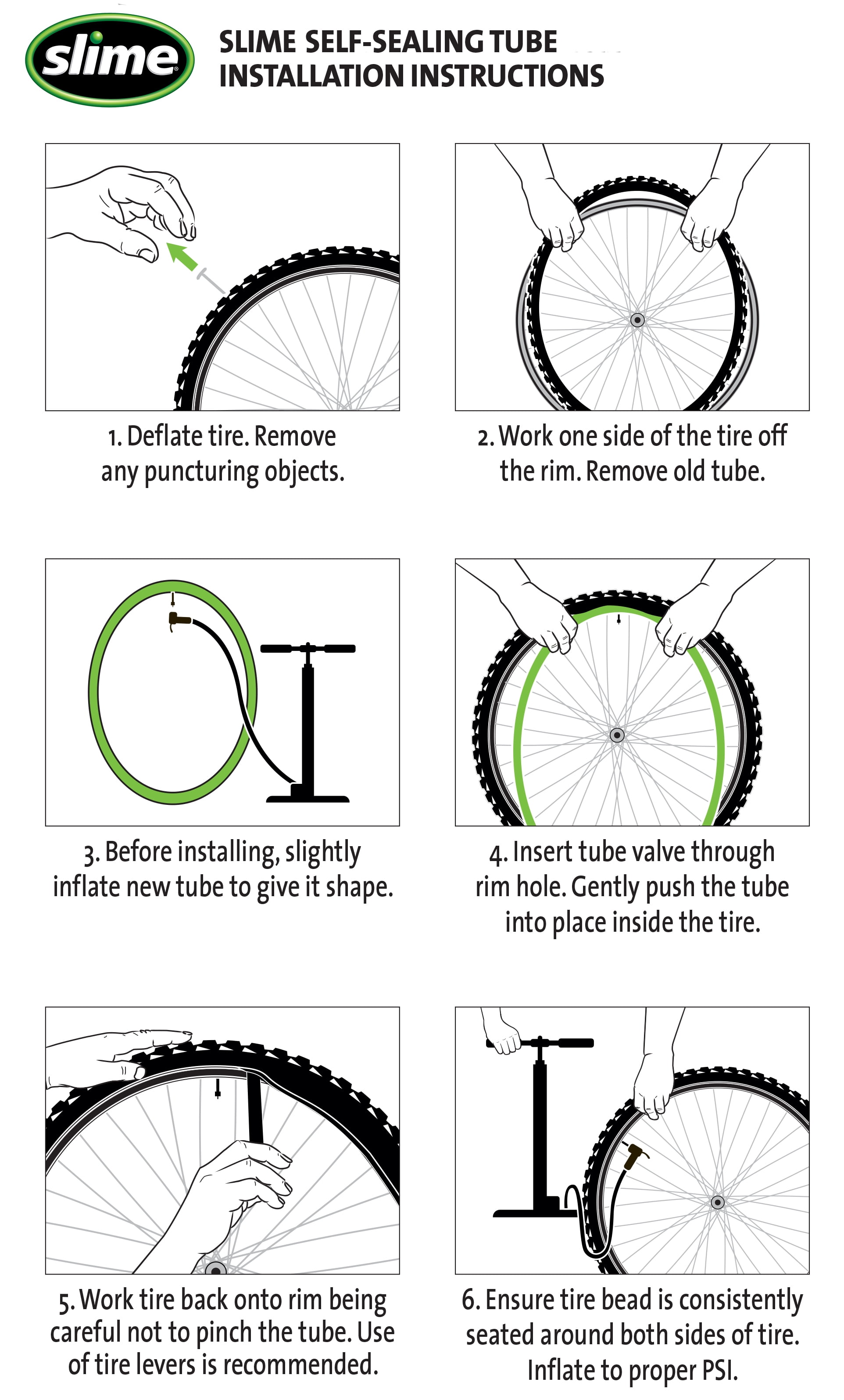 To repair the tube, you need to find a puncture, remove the protective tape, push the cord and pull out the chamber section. After repair, the process is reversed to return everything to its place. This feature of tube repair is the main reason why they have almost completely disappeared outside of big-time sports. Although, again, they are also slowly being replaced from professional competitions by another type of tire, which penetrates deeper and deeper into the cycling industry and everyday rides. But more on that later.
To repair the tube, you need to find a puncture, remove the protective tape, push the cord and pull out the chamber section. After repair, the process is reversed to return everything to its place. This feature of tube repair is the main reason why they have almost completely disappeared outside of big-time sports. Although, again, they are also slowly being replaced from professional competitions by another type of tire, which penetrates deeper and deeper into the cycling industry and everyday rides. But more on that later.
Just in case you're wondering, we wrote an article about the bikes of the 2019 Tour de France participants, where the technical parameters of each of them are listed. The tires on which they storm the most important race of the year are also indicated there. We wrote about some bikes, such as Wilier Zero SLR, Specialized S-Works Shiv TT, Cube Litening C: 68X, Scott Addict RC separately and in detail, although they are also in the article a couple of lines above, in case you are interested.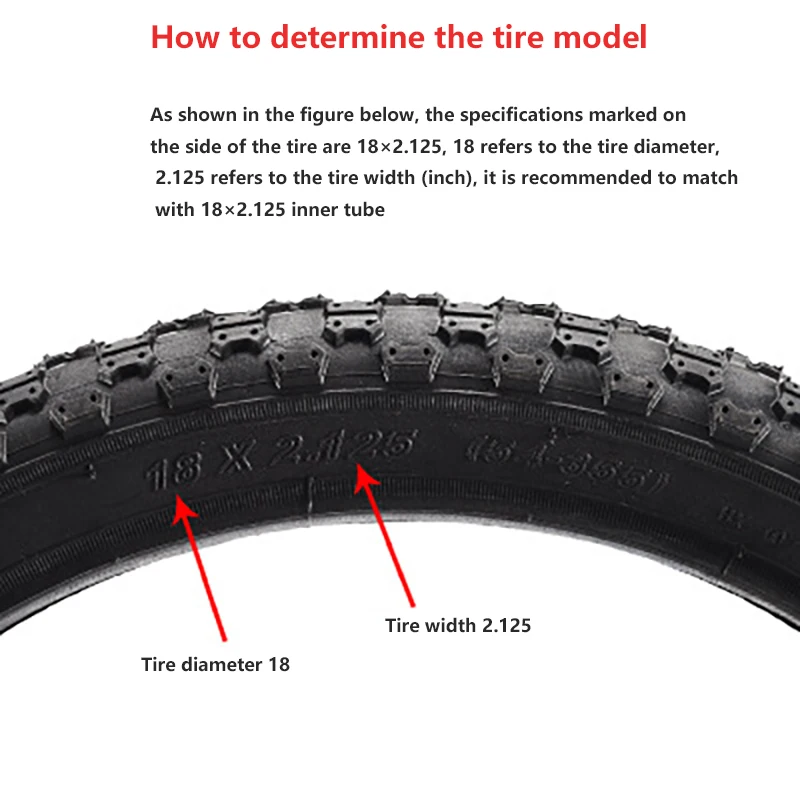
The tubular tire is easy to fold and store or carry as a spare.
Tubular wheels are still widely used in professional racing, because even with a puncture, the movement can be continued until the support car arrives, and, of course, the racers do not repair them themselves and do not wear them anywhere for this.
However, some athletes claim that quality handmade tubes in particular provide better performance than clinchers and are less prone to punctures. Tires get their qualities from thin, flexible cords, which can be made from cotton, polyester or even silk, and thin layers of tread on the tread. Instead of the tire being vulcanized into a single unit, as with conventional wheels, the tread is mounted at a lower temperature during the production of tubes. This technology is said to allow the treadmill to remain elastic, as the process does not increase the hardness of the rubber, as vulcanization does.
The " Tubeless " logo is the only way to visually tell if a tire has no tube.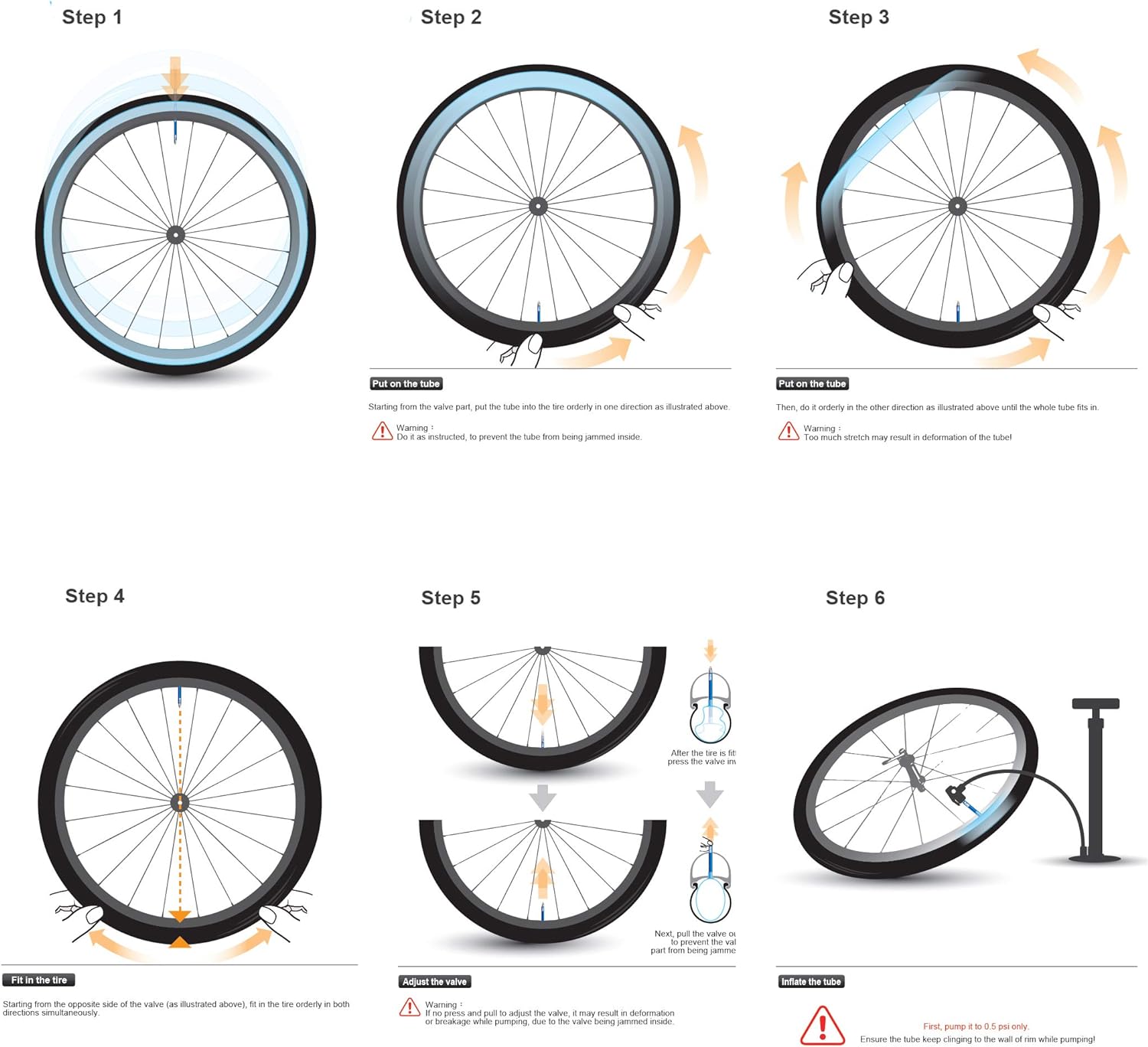
Hint in the name: These are clincher tires that don't have a tube. Instead, the tire is hermetically sealed to the rim and the air is held in either by a rubber layer on the inside of the tire or by a liquid sealant.
The main advantage is that these wheels are immune to a certain type of puncture known as snakebite. A snakebite occurs when the tube hits the crease in the tire between the ground and the rim, creating the characteristic pair of holes in the tube. If it is not, then there can be no such puncture.
The puncture described is a headache for mountain bikers who typically run tires at low pressure for maximum grip, so they are enthusiastic about tubeless. Snakebite is less common on road bikes, although due to deteriorating road conditions, in the last decade cyclists have been using thicker tires at lower pressures to improve riding comfort.
Tubeless tires require a matching rim, either without spoke holes or with a special rim tape that seals the spoke holes. The tubeless bead is shaped to create a good seal on the rim, and its dimensions are much more precise than conventional clinchers.
The tubeless bead is shaped to create a good seal on the rim, and its dimensions are much more precise than conventional clinchers.
Tubeless tubes are divided into two types: fully tubeless and suitable for tubeless use. Fully tubeless have a layer of rubber on the inside to hold air. Tubeless-suitable tires have the required bead shape to seal on the rim, but have a conventional tread to save weight without the extra layer of sealing rubber. By adding 30-60 g of sealant, this problem is completely solved and the whole structure, as a rule, is lighter than a clincher with a chamber.
There are likely to be instructions on the Internet for installing regular tires on regular rims using rim tape and sealant. Great idea, but not for road bikes. Road tire pressures are much higher, requiring a high precision fit of the wheel on the rim, and this is a determining factor for successful operation. Otherwise, the tire runs the risk of being disassembled in motion and failing. By the way, disassembling the wheel at speed entails damage to the rim, which can be made of carbon fiber. In this scenario, the tire becomes the least of the problem. Well, if we consider the situation from the point of view of personal safety, then the damaged tire and rim are nothing at all.
In this scenario, the tire becomes the least of the problem. Well, if we consider the situation from the point of view of personal safety, then the damaged tire and rim are nothing at all.
Hutchinson and Shimano have created special Road Tubeless tires and rims, while others have developed their own take on the concept. Most recently, Mavic announced the Road UST wheel and tire series and submitted technical information to the International Organization for Standardization and the European Tire and Rim Technical Organization for ratification as a standard that any wheel manufacturer can use.
In the article we mention either road bikes or cross-country direction. However, there are also gravel bikes, which are a transitional option between these two extremes, where the topic of tubeless tires is very relevant. The recently introduced Cannondale Topstone is a very good example to explore this variety of bikes.
With thin tread and only two plies.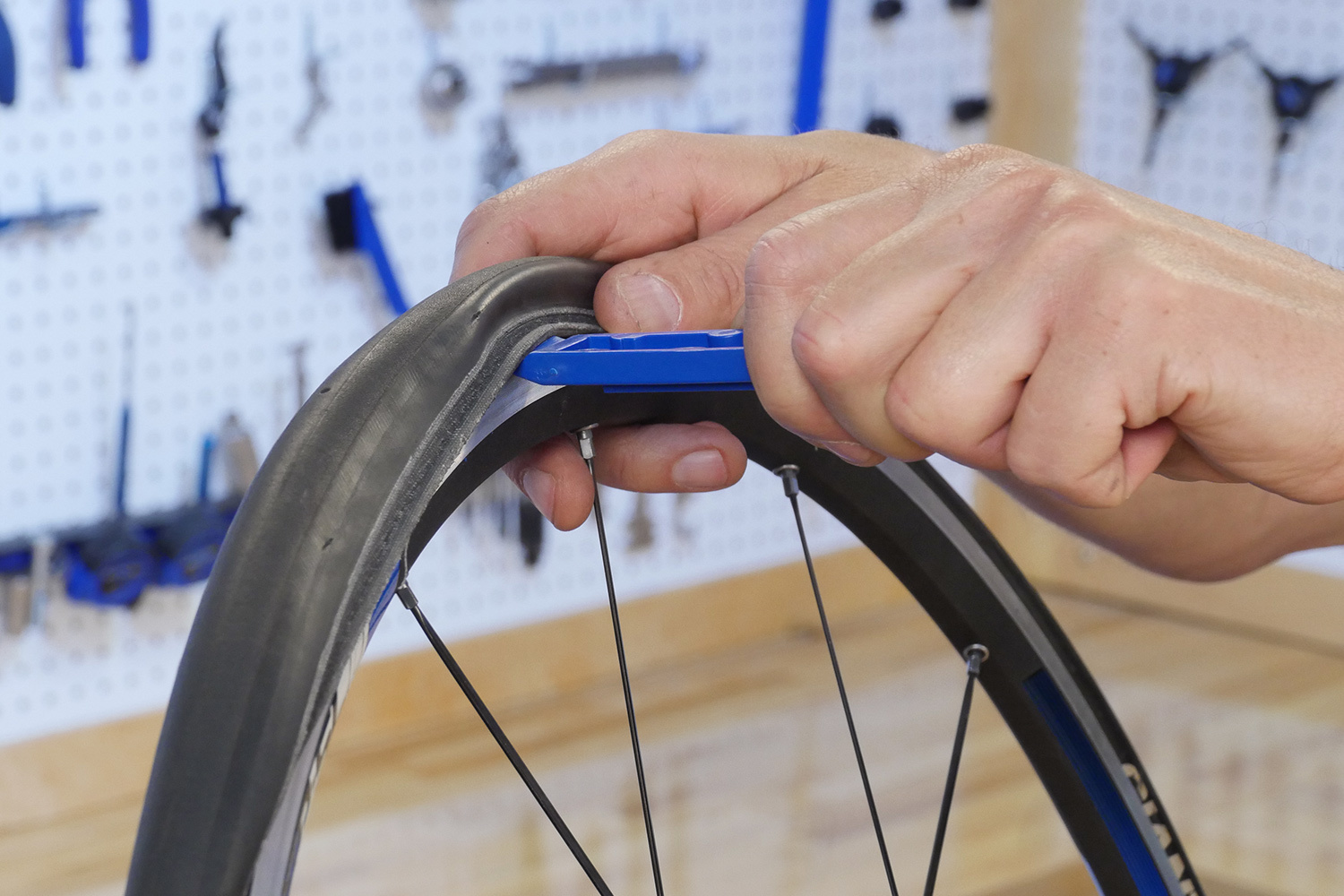 The tubeless road tire uses the same lightweight construction as the traditional tube.
The tubeless road tire uses the same lightweight construction as the traditional tube.
Tubeless Road Tire (Tubeless) is a clincher made using the same technology as the handmade tube. The terminology used here is marketing terminology, partly to explain the high cost of some tubeless tires.
Fans of tubeless road wheels say they roll like tubes, which is to be expected since they use the same high thread count cord materials and thin, hand glued tread. Cannondale's new SuperSix Evo road bike comes equipped with this type of wheel from the factory, and we talked about that as well.
A few years ago, manufacturers assumed that tubeless road tires would be among the fastest and most sought-after - which is confirmed literally today, as the Tour de France is carefully switching to this type of rubber. We wrote about the technologies of the future at the 2019 Tour de France and the main trends that go deeper every year.
By the way, tubeless road racing is not the only point of tension. Not so long ago there was a lot of heated discussion about the use of hydraulic disc brakes on road bikes, and the same Tour de France shows us today that this type of brake is taking root well. We already wrote about road bike trends back in 2018 and we recommend that you read it, this topic is covered there and the article is still relevant. The UCI approval of disc brakes became the basis for their further development in the road world.
Not so long ago there was a lot of heated discussion about the use of hydraulic disc brakes on road bikes, and the same Tour de France shows us today that this type of brake is taking root well. We already wrote about road bike trends back in 2018 and we recommend that you read it, this topic is covered there and the article is still relevant. The UCI approval of disc brakes became the basis for their further development in the road world.
Tannus tires are made from lightweight foam. The holes are for attaching to the rim.
Various manufacturers have made many attempts to market with anti-puncture tires that fit regular rims. They can be a solid piece of rubber or a thick layer of rubber around a hollow core, as well as foam materials that take up the entire volume of the wheel.
Without compressed air inside, these wheels tend to be very stiff. To stay on the rim, they must fit snugly, which makes mounting them much more difficult.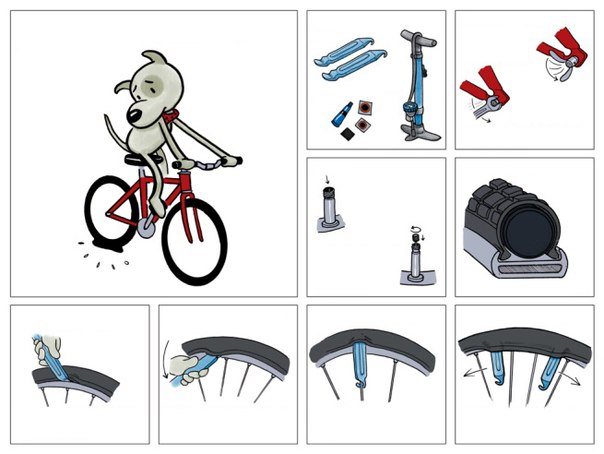
Solid and foam tires are often made from polyurethane, rather than the regular rubber found on any other type of wheel. This is where their second drawback manifests itself - insufficient grip on the roadway.
The only manufacturer that seems to be able to overcome some of these problems is Tannus, a Taiwanese division of a chemical company that, among other things, makes cushioning soles for sports shoes. Tannus has a patented foam they call Aither 1.1 and claims tires made from this material are as good as high quality city bike wheels.
Cyclists who have used Tannus tires agree. Reportedly, the rolling resistance is only slightly higher than the pneumatic counterpart, and the grip is quite tolerable.
However, Tannus only partially solved the installation problem by using plastic rods that go through the tire to hold it in place.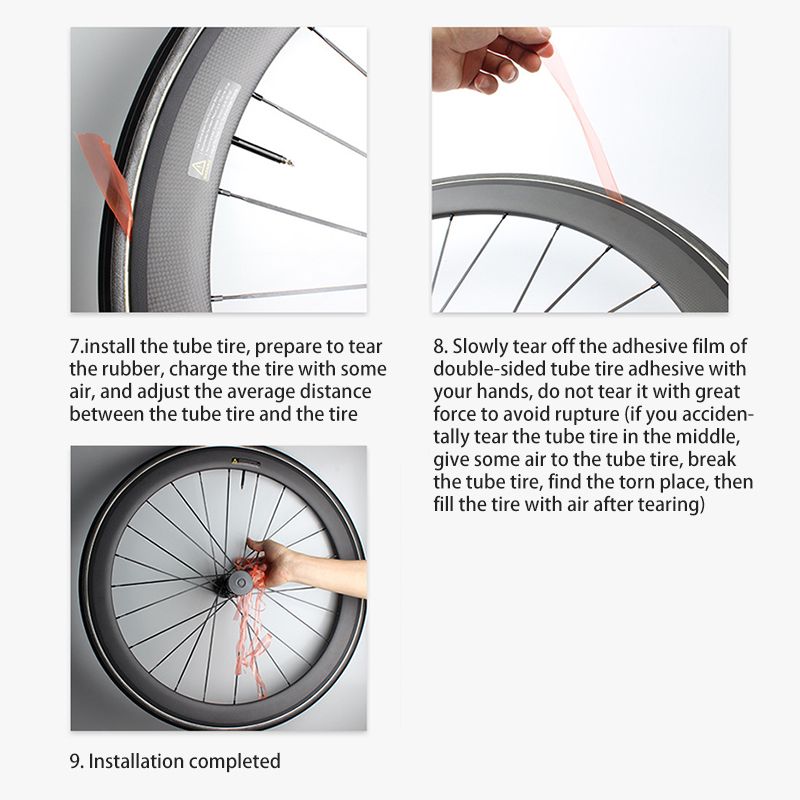 This makes the installation process a labor intensive process that is best done at a bike shop that stocks Tannus specific tools.
This makes the installation process a labor intensive process that is best done at a bike shop that stocks Tannus specific tools.
Full name
Borik Vladimir
Passionate cyclist since 2014. He could not stand it when the bike made extraneous sounds in motion, which made him go over everything, re-grease and renew it many times. He likes to delve into the subtleties, therefore, numerous bulkheads of his bike later turned into a job as a bike mechanic. I went from Shimano Acera to Comance Tomahawk through SLX to XTR to Specialized S Works, and then just switched to a budget road bike on Campagnolo Xenon 10 equipment. Kuyalnik 2019 bike marathon (MTB) behind-year, where Light took 5th place on the route. Currently remains an active bicycle user and continues to deepen his knowledge in this area.
Tue, 08/06/2019 - 03:51
Bicycle suspension forks: everything you need to know.
Mechanical doping. What gave the cheater away?
From Grip Shift to Wireless Transmission: The Story of SRAM
Thanks to economical power consumption, safety and long service life, LEDs are now confidently replacing many traditional light sources. In particular, fluorescent lamps of the T8 type began to be replaced with LED counterparts everywhere.
In particular, fluorescent lamps of the T8 type began to be replaced with LED counterparts everywhere.
Often, it is not necessary to replace the entire luminaire, but simply install LED lamps into existing ones. And to make this process as simple as possible, manufacturers of LED lamps produce them with the same base (G13), and the dimensions completely repeat the dimensions of fluorescent lamps (D=26mm L=600mm / 900mm / 1200mm / 1500mm / 2400mm). It remains only to slightly modernize the electrical circuit and you can install LED tubes.
You can see the entire range of these products in the g13 LED lamps section.
Let us consider in more detail the features of installing T8 LED tubes (lamps) in luminaires for fluorescent lamps.
Depending on the type of LED lamp, there are two options for installing lamps:
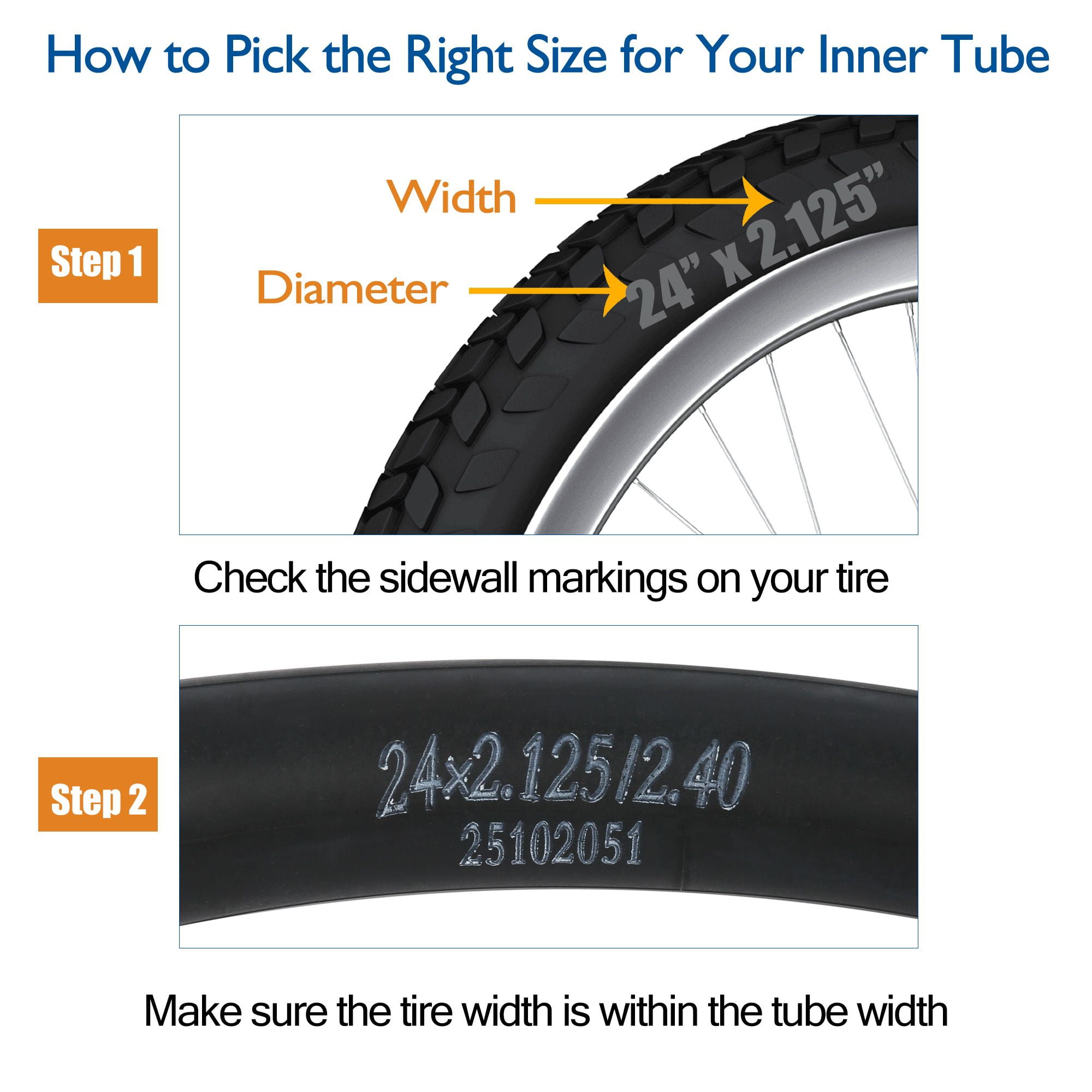
Note!
1. Lamp connection for AC 220V :
The first option requires direct power supply of the lamps from the mains 50 Hz 220 V. In this case, you must first remove all elements of the ballast: an electronic unit or elements of an electromagnetic ballast (starter, choke, etc.). The power consumption of the lamp will be the sum of the total power of the LED lamps.
Procedure:

After removing the ballast, the luminaires should look something like the photo below (the luminaire has been converted into two lamps 1200 mm long). Use terminals to connect contacts.
Luminescent luminaire type Arktika 2x36 1200mm disassembled on the reverse side after removing all control gear elements for connecting 220V LED lamps.
2. Connecting lamps to AC 110V :
The second option implies that the electromagnetic ballast remains in the circuit, only the starter is removed, such LED lamps are designed to supply a voltage of 110 V. With this connection, the power consumption of the lamp is the sum of the total power of the LED lamps and the power consumed by the remaining control gear. In this option, more electricity will be consumed than in the first one, which means that the savings effect will be less. In addition, it is necessary to first determine exactly what type of control gear is installed in the luminaires.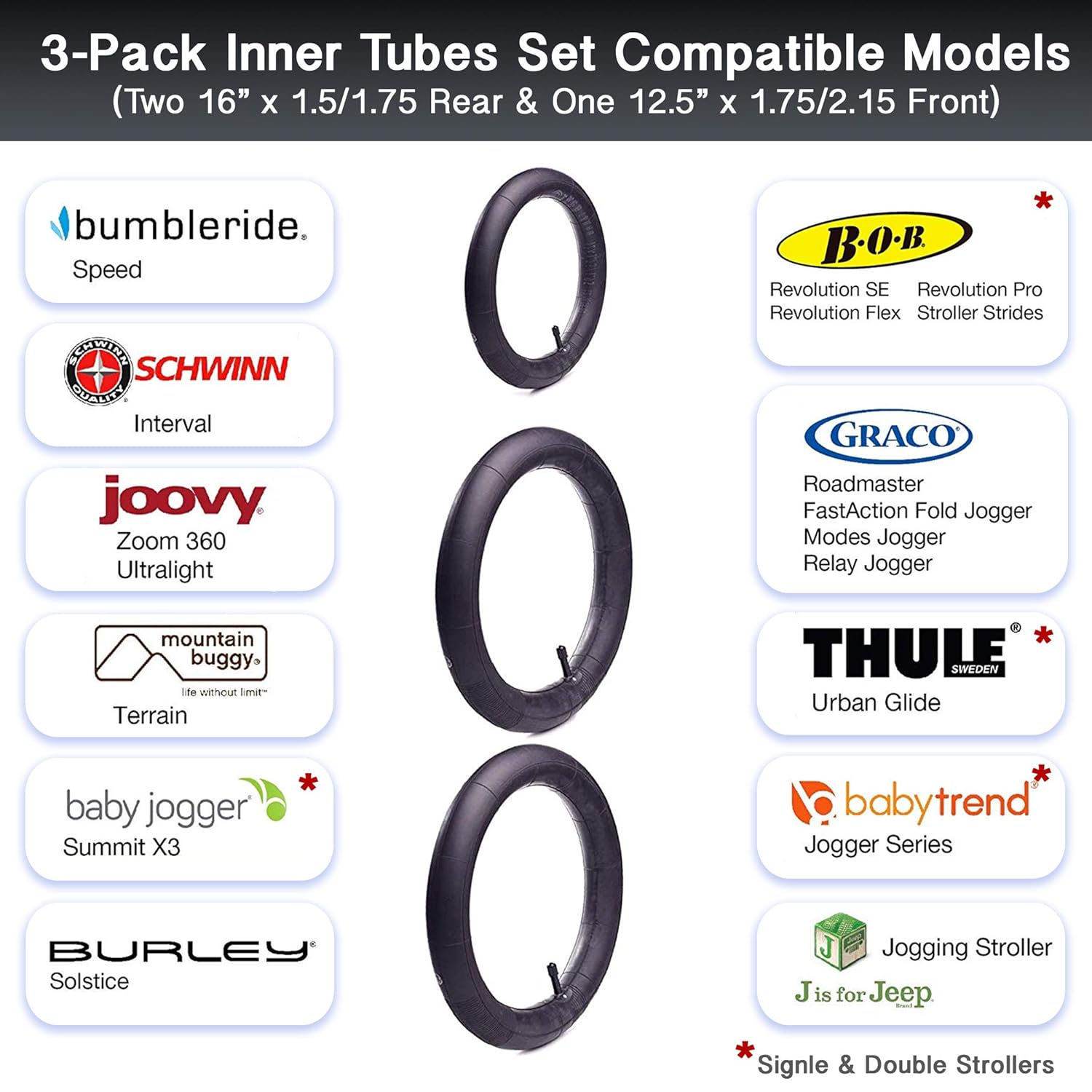
Procedure:
Swivel plinth. Other things to watch out for:
In lamps, cartridges are installed in different ways: horizontally, vertically, and sometimes at an angle. Since fluorescent lamps shine through 360°, it doesn't matter to them how to install the lamp in the socket. But LED lamps have a directional light flux, so you should pay attention to the location of the slot for the cartridge in the lamp base, otherwise it may turn out that the LED lamp does not shine down, but sideways. The most versatile in this case is the swivel base: it fits any lamp.
Socles of LED lamps: a) not swivel b) swivel.
We hope that our instructions helped you choose and connect LED lamps correctly, and now you are fully using all the advantages of modern LED lighting.